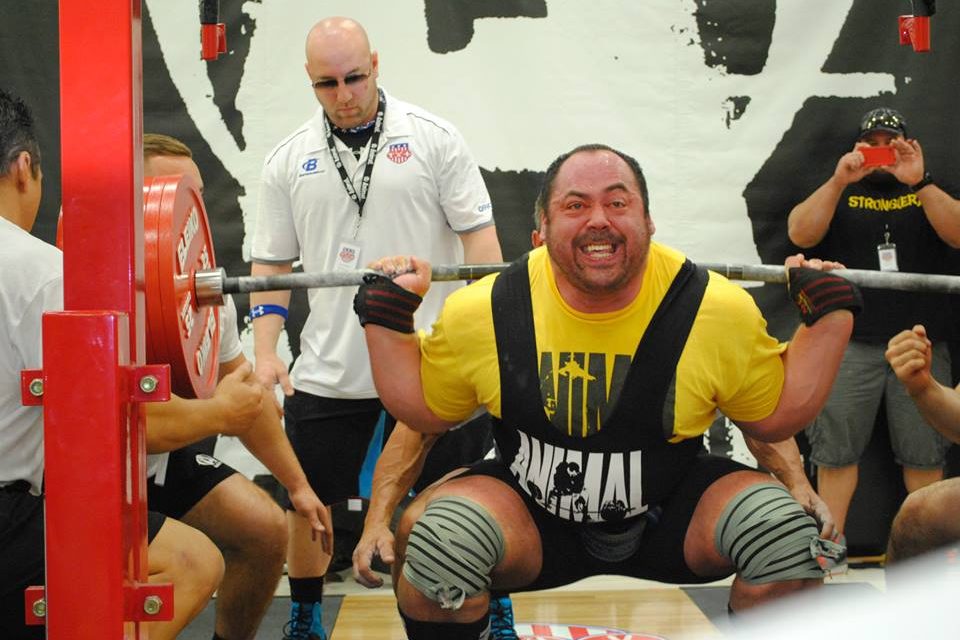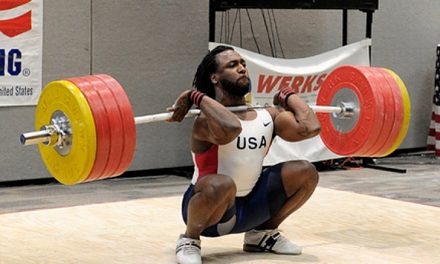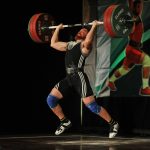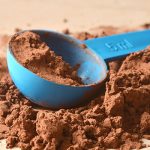Every squat article starts with how important and great squats are. You already know that. What if I told you that most of the people who recently converted to weightlifting aren’t utilizing squats in their programming correctly? Nowadays, you can’t avoid a meme on a regular basis that makes a joke out of the “feeling after leg day” but this shouldn’t apply to you. Failing and grinding on squats on a regular basis is not how we want to structure long term gains in the squat.
Once you’ve made the decision to become a specialist, “leg days” will be a thing of the past. Completely trashing your legs will take away from volume that could be spent performing the competition lifts and I don’t know if you realized this, but those lifts require your legs.
Training the squat for weightlifters shouldn’t be a nuclear bomb on the quads, rather, squatting needs to be frequent, heavy, and avoid unnecessary damage (think soreness). This is where the paradigm shift needs to change from destroying legs “once a week bodybuilding style,” to squatting nearly every single time you enter the gym.
But isn’t that too much? Fortunately the #squateveryday trend and Bulgarian style training is making its way around the internet so it isn’t too much of a shock to hear but people are still messing this up. The problem happens from too much “grinding.” You know, that one rep that takes up the entire Instagram clip.
A long, slow, grinded out rep has its place in training however those need to be for rare instances such as testing. However, grinding on a regular basis is simply causing too much damage.
-If every set ends with a grinded rep, good luck performing heavy cleans tomorrow.
-If every set ends with a grinded rep, good luck increasing volume next week.
-If every set ends with a grinded rep, good luck the next time you have to squat in 24 hours.
See where I’m getting at? When it comes time to program you need to think long term. Trying to accumulate as much volume as possible in a single day can drastically reduce the volume you can accumulate over a week.
Let me give an example. Let’s say you go in on Monday and perform three sets of ten reps at 65% of your one-rep max. This would be a difficult training session and render your legs useless for the next few days due to the soreness and you might be able to get in some quality squat work Thursday and Friday. Also, and more importantly, we drastically effected how well we can train the competition lifts the rest of the week.
Now, let’s talk about an example where you leave some Repetitions in Reserve (RIR) [1]. You go in Monday and perform four sets of six at 70%. This would be very do-able and you most likely would’ve been able to perform at least two more reps each set, but you held yourself back (hence the term reps in reserve). So you got quality work in, and your legs can still function for tomorrow’s snatches and cleans. Tuesday you come in and perform a few singles or doubles at 80-85%. Again, you still had a few repetitions left till failure, had another day to stimulate muscle growth and practice technique, and were able to train at a percentage that allows strength adaptations to occur, but damage was still minimal due to minimal grinding. Wednesday you come in and again you’re able to perform more squats.
Not only does this method of keeping reps in reserve allow for more volume over the span of a week, it also allows you to increase the volume and quality of your competition lifts, which is of the upmost importance. Here’s a chart that demonstrates this concept using a squat 1rm of 100kg to keep the math simple.
The research is clear. Volume is one of the main drivers of strength and hypertrophy [2]. Training can be structured to increase volume without leaving us terrified to sit on the toilet post-squat session. This does not mean your squats should be light or easy. This simply means saving a repetition or two per set can allow more training volume throughout the week and provide us with more opportunities to have quality work with the competition lifts. This concept also allows us to train at higher percentages more frequently and with higher velocities, which is more specific to our sport.

“The RIR-based RPE scale is a practical method to regulate daily training load and provide feedback during a 1RM test” [1]. Utilizing RPE (rating of perceived exertion) will allow you to train frequently and auto-regulate your intensity. Using RPE will make sure you leave some reps in the tank since these numbers correlate with repetitions left in reserve. For a strength cycle, try to keep the sets around 8 RPE.
This will explain why you always think “wow that was so fast” when you see your favorite lifter post a PR squat video. Grinding is not the name of the game for weightlifters. There’s a time and a place for a squat that pushes you to your mental limits, however, this should not be the case for every set. Now what are you doing reading and not squatting?
Cheers,
Stay connected!
Here’s how to follow us:
Instagram: @GentlemanAndMeathead
Facebook: Facebook.com/GentlemanAndMeathead
Twitter: @ClassyMeathead
References:
[1] Zourdos, Michael C., et al. “Novel Resistance Training-Specific RPE Scale Measuring Repetitions in Reserve.” Journal of strength and conditioning research/National Strength & Conditioning Association (2015). LINK
[2] Rhea, Matthew R., et al. “A comparison of linear and daily undulating periodized programs with equated volume and intensity for strength.” The Journal of Strength & Conditioning Research 16.2 (2002): 250-255. LINK
[3] Hat tip to Mike Tuchscherer at reactivetrainingsystems.com










great read and perspective. when i teaching squatting to Weightlifters I also teach tempo. I always want the assent to be faster than the descent. This helps to teach the concept of control and in my opinion transfers over to the clean and snatch much more than the grinding squats you are talking about.